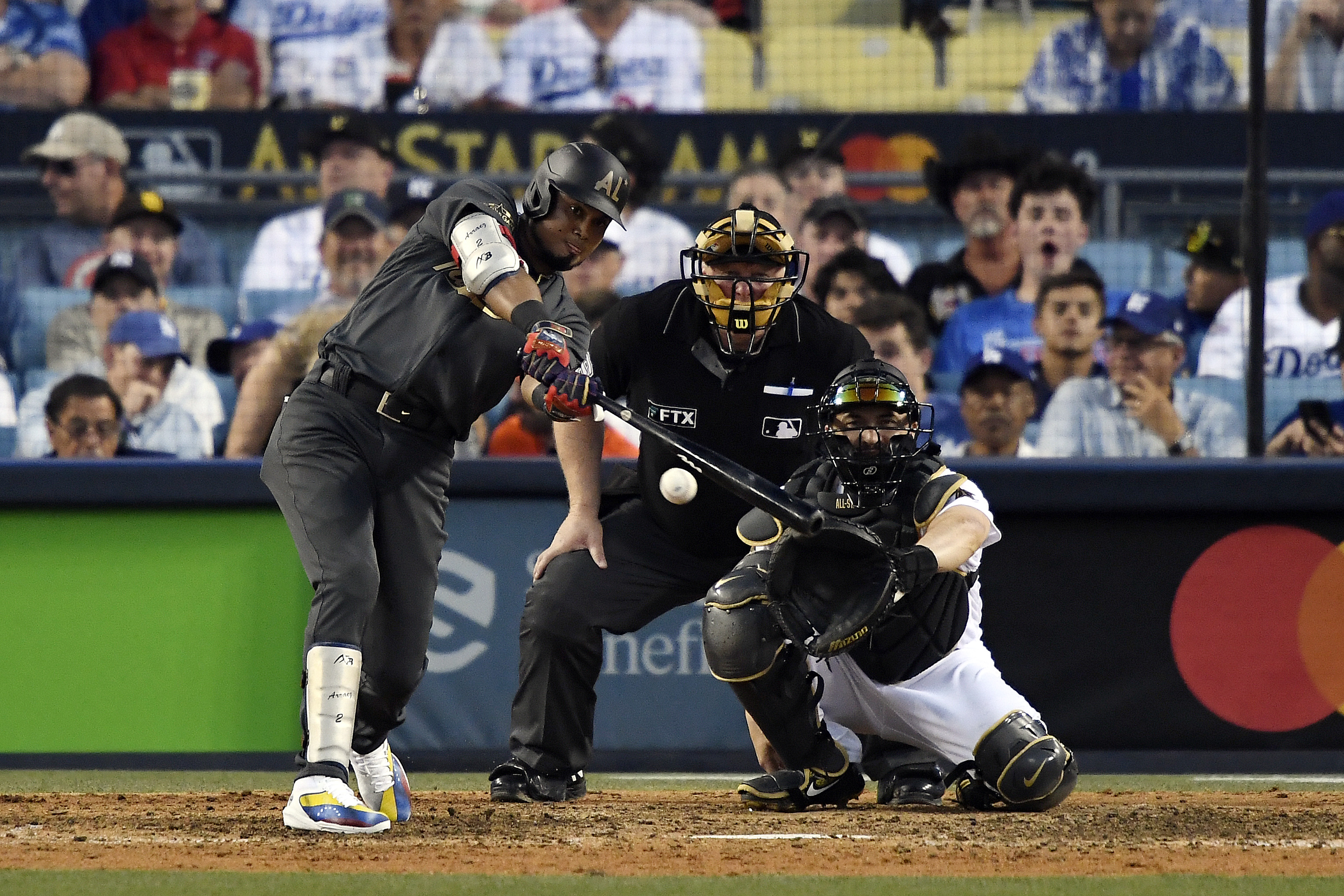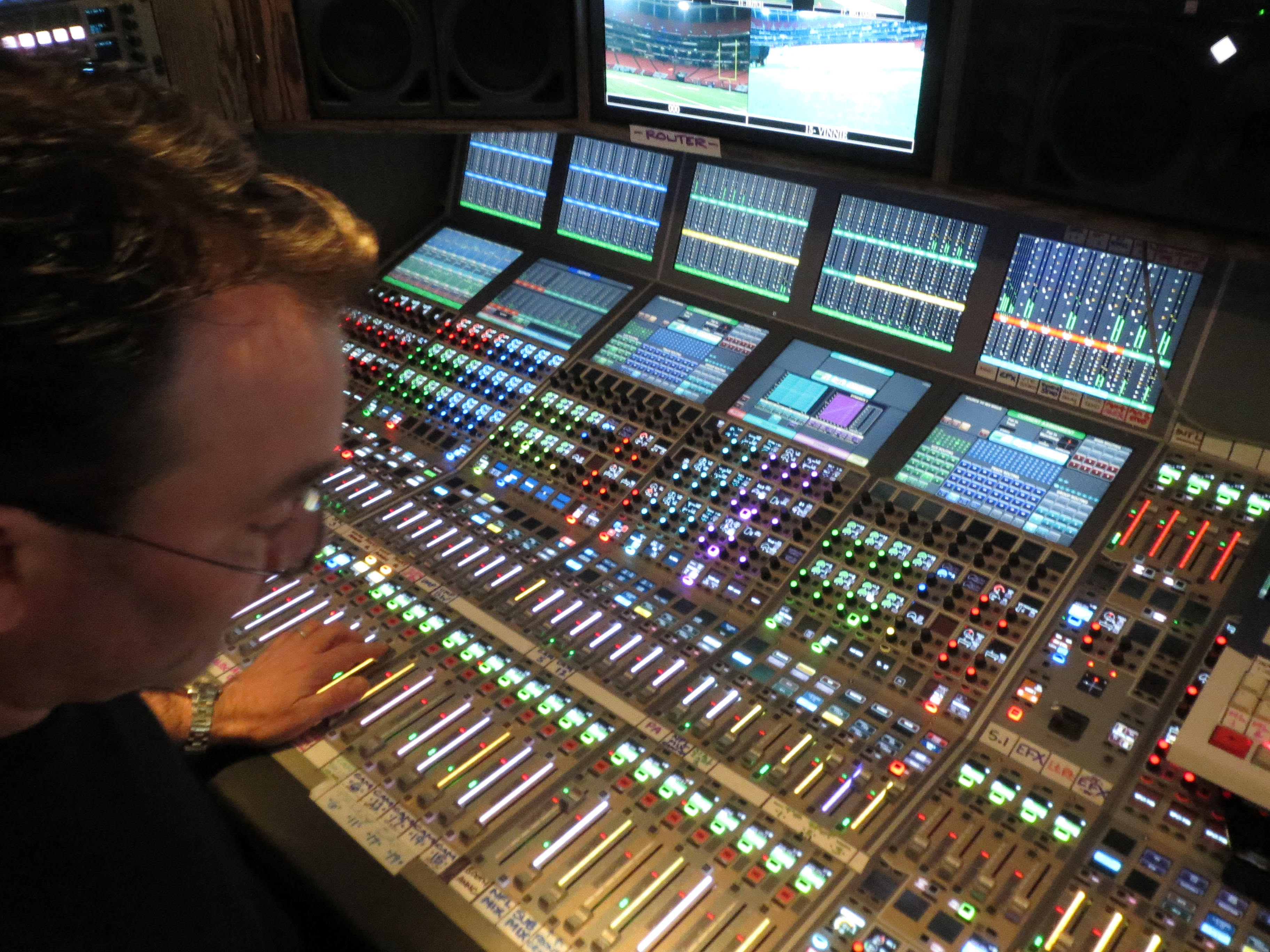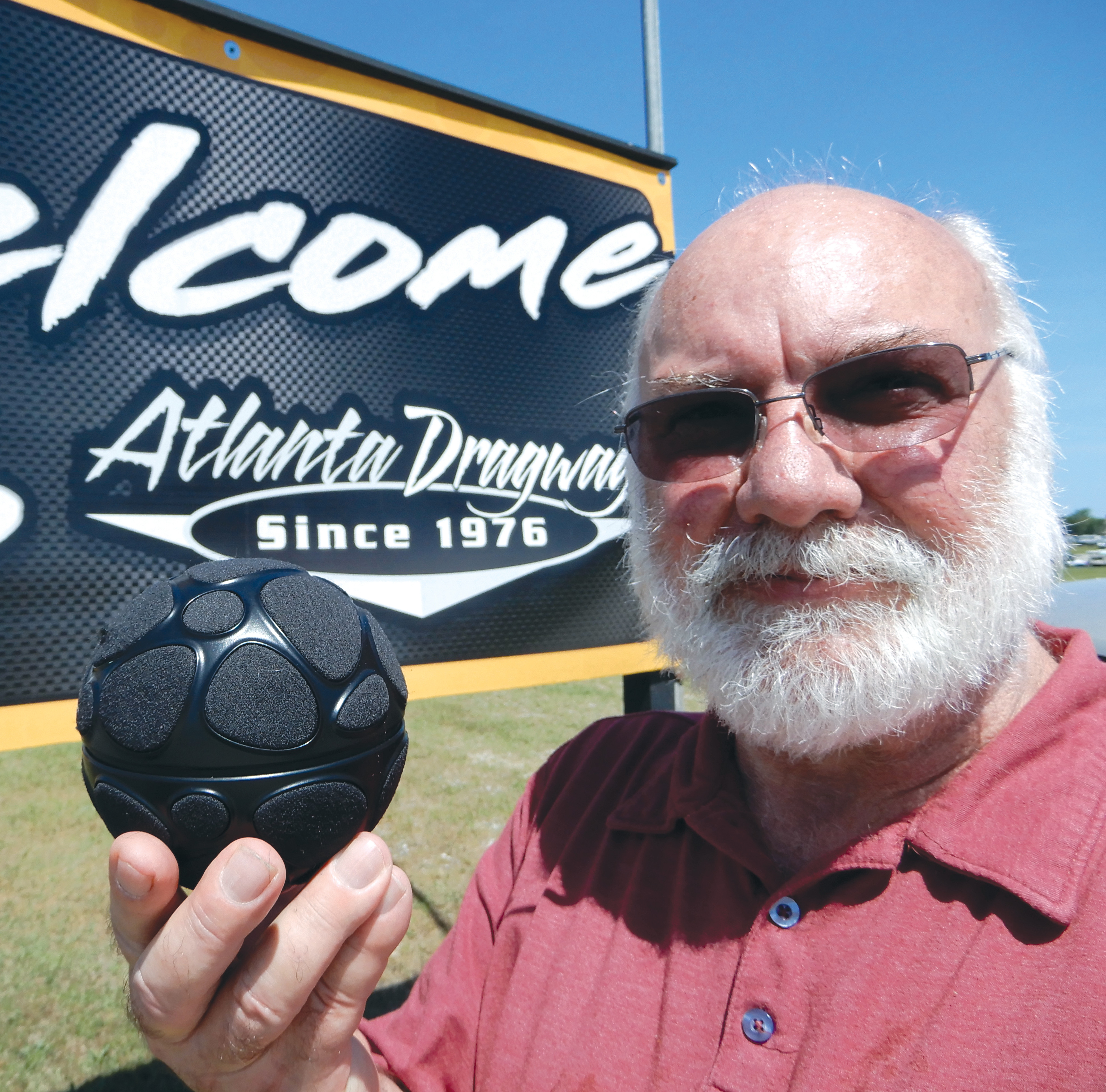TV Audio in 2023: Looking Beyond Bigger and Better to More
Pushing the boundaries will take sound to the next level

I am reading articles from writers with a modest amount of understanding about technical things in mainstream publications such as Fortune and Rolling Stone, who tout the benefits and joys of high-definition television and immersive sound. Well, it’s about time; the entertainment industry has defined what the scope of audio and video is in an advanced entertainment world, and hardware manufacturers have scrambled to figure out what the consumer wants and how much they will pay.
In other publications I have read vague and confusing explanations about what an immersive entertainment experience is, and some businesses and writers predict that immersive sound and “Goggle TV” maybe the last frontier in television production.
But I believe there is more to come. The picture people have tried to make 3D work while, in the end, the picture is still 2K, 4K and 8K—just bigger and better of the same thing. The way to make 3D pictures work is through the “goggle experience,” which arguably has brought us to the current marketing hype with the metaverse. Sold my stock a long time ago.
Future-generation sound is more than just bigger and better, but clearly Next Generation Audio (NGA) is different. A digital audio path gave us more channels and more control. The consumer can use their bandwidth for 3D immersive sound or interactive channels or any combination that the bandwidth will permit. If I want to immerse myself with team radio chatter or no babble at all from the commentators, the possibilities are endless. But what about just watching the news, baseball game or an old movie?
Active or Passive?
First consider that screen experiences are either “active involvement” such as with games and VR, or “passive involvement” as with traditional television. I think there is some confusion about what the future of broadcasting is and how TV technologists fit into a new reality entertainment experience. Next Generation Television (NGT) will be differentiated by several capabilities/features. For example, consider those who provide live real-time events such as the purveyors of news and sports, and those who playback or stream on-demand content.
Clearly, future entertainment, future audio and the future experience will only develop, but venture carefully. Surveys show that most people can only stomach a limited amount of the “goggle experience.” A little out-of-the-box thinking brings to mind the possibilities of a new technology paradigm—the DEVO energy dome hats where the playback inside the hat replicates a “domed” experience of pictures and sound completely immersing the wearer.
What is Immersive Sound?
We hear the hype about immersive sound, but what is immersive sound? I contend immersive sound is a certain “frame of mind” and here is what I mean. Baseball occupies the broadcast space for 162 days a year. How do you produce baseball in immersive sound? The basic definition is to add height sound. Well, that just enhances the dimensional space, but is that “real” immersive sound?
At the MLB All-Star Game in July, Joe Carpenter, senior audio engineer at Fox Sports, had microphones on the umpire, in the nets over the infield, on the outfield walls, microphone operators, microphones in the bases and only he knows where else. But he took the sound to another level when commentator John Smoltz was coaching the pitcher in real time during the game. This is total entertainment immersion. Bravo to my sound hero Joe Carpenter who receives my “TV Tech Best Sounds of 2022” award.

Finessing the sounds is more than just adding more microphones. I came from the recording studio to outside broadcast and was always surprised at the amount of time spent on a drum sound and how little time was spent on the sound of commentary microphones. Things are slow to change anyway, but clearly unless someone pushes the boundaries then nothing is learned or advanced.
There is a symbiotic relationship between technology and sound development. With digital audio you can pack more sound into smaller packages. Radio microphones are in places that were impossible to reach only a short time ago and I think audio has earned some respect over the years, especially during the sound-starved Covid pandemic. We are a long way from when I started and was told audio was 10% of the show and 90% of the problems.
In the past audio has been like having a five-star chef serve you the sound and the All-Star Game was a feast served up by Joe Carpenter and Fox Sports. But the future of audio is à la carte: future audio practitioners will not only be tasked to provide a scalable audio mix—anything between stereo and full immersive—but they will also have to manage the signal flow and content of many different audio configurations. Add other feeds and splits to rights holders, archives and intercoms, and it is no wonder that many audio folks are losing their hair from pulling it out.
I am looking forward to television in 2023. Remember, it’s only entertainment in
the end.
Get the TV Tech Newsletter
The professional video industry's #1 source for news, trends and product and tech information. Sign up below.
Dennis Baxter has spent over 35 years in live broadcasting contributing to hundreds of live events including sound design for nine Olympic Games. He has earned multiple Emmy Awards and is the author of “A Practical Guide to Television Sound Engineering,” published in both English and Chinese. His current book about immersive sound practices and production will be available in 2022. He can be reached at dbaxter@dennisbaxtersound.com or at www.dennisbaxtersound.com.

